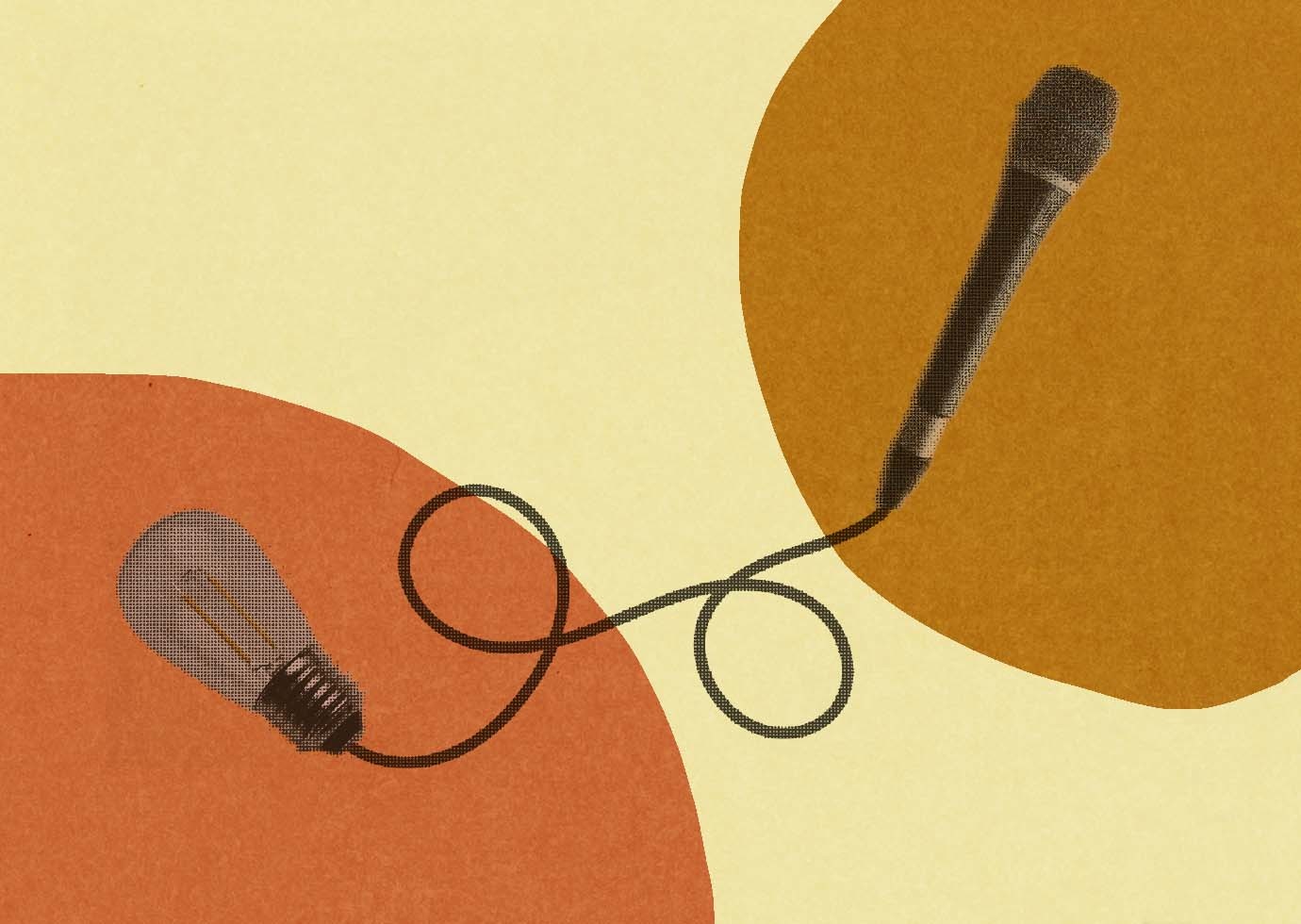What marketing writers can learn from stand-up comedy

Whether a joke is written to support the comedic structure of a larger, longer narrative or intended to stand on its own as a pithy quip, every word matters — the same standard with which copywriters are, also, all too familiar. Below are 5 ways that stand-up comedy can help marketing writers pen copy that kills every time.
Create a well-defined scenario.
Present the situation or set the scene you’re writing about with clear and relatable images that will resonate with the audience. If you’re writing about a product that can solve a customer’s problem, describe the exact problem with specific details. In stand-up comedy, Jerry Seinfeld is exemplary at this descriptive and effective scene setting.
Keep your copy single-minded.
Marketers have so much to tell their readers, whose attention is unfortunately divided among competing sources and ideas. Writing about one topic or concept can translate into a streamlined, focused reader experience. (It can also provide the writer an opportunity to create a unified series centered around a singular theme — thus maximizing their content potential — rather than combining multiple messages into one heavy communication.) Writers can learn from Nate Bargatze who continually delivers straight-forward, single-minded jokes around one topic or theme.
Know your audience, their values, and their discourse.
Just as a well-received joke in Chicago may die in Charleston, communication to a healthcare provider should not be packaged or written in the same way it would be to a patient. Take a page out of Iliza Shlesinger’s book; her sharp wit and well-substantiated observations align with the demographics of her audiences and speak to their cultural values.
Make it brief.
Although certain tactics and channels lend themselves to longer prose (e.g., white papers and even thought leadership), your readers are never looking for dissertation-length explanations. Instead, they’re seeking information that is accessible, succinct, and conclusive. A cornerstone of great stand-up comedy is perfecting the “tight five,” a set done in a five-minute time frame. Its aim is to pack a punch in person, on television, or for radio — but it can be equally useful in writing copy, too. Sebastian Maniscalco, in his late-night television appearances, demonstrates effective, hilarious storytelling within this same short timeframe.
Experiment and share your work.
Every good joke is written, edited, rewritten, reimagined, tried, and tested. Good writing, at times, is born from experimentation. Tig Notaro’s “Hello. I have cancer” set benefitted from an initial trial of sorts that resulted in her Live album and some of her most memorable content to date. For a copywriter working in marketing, the same applies. Take chances when you write, and share it with others. The final product could be transformative for both the reader and the author.
So next time you are watching stand-up comedy — or perhaps the latest season of The Marvelous Mrs. Maisel — note why a particular joke or story made you laugh. Perhaps it’s the relatable description of the scenario, the immediacy or brevity that helped deliver a salient punchline, or the comedian’s astute word choice (Gary Gulman comes to mind). All elements of good writing that will help ensure marketing copywriters always have the last laugh.